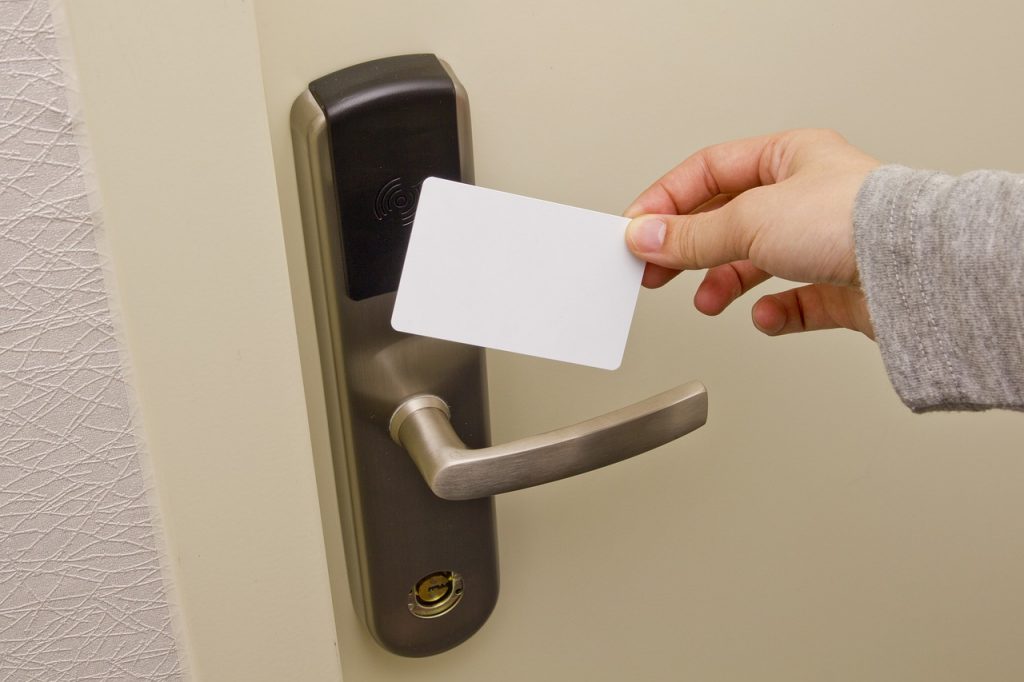Sushant Gupta
Is an Online Geek. Who Diggs out the different ways for how can we make money online. He has been earning through e-commerce sites for years and wants to share his experience with all.
What does Radio Frequency Identification mean? RFID (Radio Frequency Identification) is a type of wireless communication medium that combines the use of...

Image Credits: pixabay
RFID (Radio Frequency Identification) is a type of wireless communication medium that combines the use of such electromagnetic and electrostatic pairings throughout the radio frequency regions of the electromagnetic spectrum that can uniquely identify an entity, animal or individual. Use cases for an RFID technology that includes healthcare services, engineering, inventory management, storage, industrial production sales, and household use.
RFID technology used in similar ways as bar codes tags to identify inventory, and therefore three significant differences that make a better option under certain conditions:
Each RFID system has based on the three major components i.e. scanning of the antenna, a transmitter, and a transceiver. Whenever the antenna or transmitter and receiver are paired that they are related to as an RFID reader or investigator. The RFID system reader is a network-based system that can be compact or permanently connected. RFID chips have uses only radiofrequency waves for transmitted signals for the RFID tags. Once this has enabled, then the RFID tag sends a wave from the antenna and this has reverted back to the transmit antenna where it is changed to the data signal.
The reading Frequency of RFID (Radio Frequency Identification) tags varies depending on the form of tag, the size of the reader, etc.
There are two major types of RFID tags usually:
The Active RFID tag does have its power source, always such a battery.
A Passive RFID tag, from the other side, this Tags does not need any batteries; instead of this it derives its power from just a transmitting antenna, and through the electromagnetic wave of which generates a voltage as in RFID tag antenna.
There is also one semi-passive RFID tags, which means that the battery powers the circuits while the contact is operated mostly by the RFID reader.
Low cost, built-in their non-volatile memory help into plays a significant role in any RFID system. Usually, RFID tags contain below 2,000 KB of data, as well as including a specific identifier or a serial number. Tags could be both read-only as well as read-write, so you can apply data to the reader or delete existing information. The reading range for RFID tags varied depending upon variables such as tag size, reader size, RFID tags frequency, and its interaction with the surrounding atmosphere or some of the other RFID tags or RFID readers.
In Every RFID radio frequency had also related with their standards, such as ISO(International Organization for Standardization) 14223 and ISO / IEC(International Electro-technical Commission) 18000-2 for LF RFID Chip, ISO 15693Chip and ISO / IEC 14443 besides HF RFID Chip, as well as ISO 18000-6C to UHF RFID.
United Kingdom BioTeq company has built out these unique Chips on its own: By implanting this RFID chip with the help of company workers.
Biotech has been one of the big businesses company in the U.K. They recruit their staff to mount RFID chips. Employees will also use chips to enter corporate buildings or store its information and records.
biotech Company founder Steven Northam said that this is so much hard of the corporation’s work is for people who choose to use this RFID chips to control their own houses and vehicles. Even so, RFID chips have already been placed in the hands of staff in the finance and manufacturing business and it though the practice is voluntary. These same RFID chips have also been transported to some of the other countries, such as Spain, China, New York, Germany, Kenya, and Japan.
Another RFID form company Biohax in Sweden, that may shortly begin to provide the same and similar services in the United Kingdom.
yeah it was great to know about RFID. write more about other techs.
Great blog! I learned so much from this!
Great info! Thanks for writing an article about What is Rfid Technology and How does it work?. I recently came across your blog and have been reading along. I thought I would leave my first comment. I don’t know what to say except that I have.